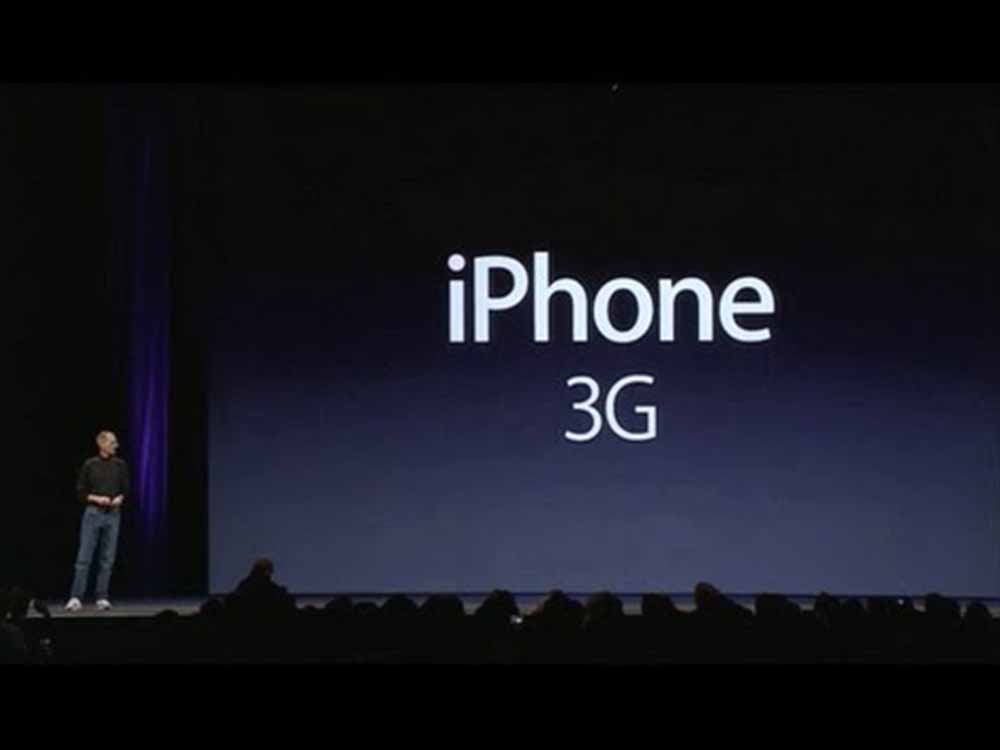3G in 2008: Transforming Mobile Connectivity and Communication
In 2008, the mobile telecommunications landscape experienced a significant paradigm shift with the widespread adoption of 3G technology. This exploration delves into the emergence of 3G, its key features, impact on mobile communication, technological advancements, and the implications for users in 2008.
The Rise of 3G Technology
Evolution from 2G to 3G:
The transition from 2G to 3G marked a transformative period in mobile communication. 3G, short for third generation, represented a leap forward in terms of data transmission speeds, enabling a range of multimedia applications and services beyond traditional voice calls and text messages.
Global Standardization:
3G technology was standardized globally, with the International Telecommunication Union (ITU) defining the requirements for a system to be considered 3G. This standardization facilitated interoperability and global compatibility, allowing users to experience 3G services seamlessly across different networks and regions.
Key Features and Technological Advancements
High-Speed Data Transmission:
One of the defining features of 3G was its high-speed data transmission capabilities. This enabled users to access the internet, download files, and stream multimedia content on their mobile devices at significantly faster rates compared to previous generations.
Multimedia Applications:
3G paved the way for a diverse range of multimedia applications. Mobile users could now enjoy video calls, video streaming, and enhanced mobile gaming experiences. The improved data speeds opened up possibilities for richer and more interactive content on mobile devices.
Enhanced Voice Quality:
While 3G was a data-centric technology, it also brought improvements to voice quality. The technology supported high-quality voice calls, reducing instances of call drops and offering clearer communication for mobile users.
Impact on Mobile Communication
Mobile Internet Access:
The introduction of 3G significantly expanded mobile internet access. Users could browse websites, check emails, and engage in online activities with greater convenience. This shift contributed to the growing importance of smartphones as devices for both communication and information consumption.
Video Calling and Conferencing:
One of the notable advancements enabled by 3G was the widespread adoption of video calling and conferencing. Mobile users could now engage in face-to-face communication, adding a new dimension to personal and professional interactions.
Mobile Applications and Services:
The availability of high-speed data on 3G networks spurred the development and popularity of mobile applications. App stores became hubs for downloading a wide variety of applications, ranging from social networking apps to productivity tools, transforming the way users engaged with their mobile devices.
Implications for Users in 2008
Changing User Behavior:
The advent of 3G technology had a profound impact on user behavior. Mobile users in 2008 became more reliant on their devices for accessing information, staying connected, and entertaining themselves. The shift towards mobile-centric lifestyles was evident, setting the stage for the mobile-centric era that followed.
Business and Productivity:
For businesses, 3G meant increased opportunities for mobile commerce and enhanced productivity. Mobile professionals could access critical information, collaborate on projects, and communicate seamlessly while on the go, transforming traditional work patterns.
Global Connectivity:
3G contributed to a more globally connected world. Mobile users could stay in touch with friends and family, access information from around the world, and participate in international conversations with ease. This enhanced connectivity fostered a sense of a more interconnected and accessible global community.
In conclusion, 3G in 2008 was a pivotal moment in the evolution of mobile communication. The technology’s high-speed data transmission capabilities, support for multimedia applications, and impact on user behavior laid the foundation for the mobile-centric lifestyle that continues to shape our digital experiences today. The rise of 3G represented more than just an upgrade in technology; it was a catalyst for a profound shift in how we communicate, work, and engage with the digital world on the go.











